In the first few years of the 1980s when I was book editor at The Windsor Star, it was frustrating petitioning publishing companies, all based in Toronto, to send authors to Windsor. I discovered that writers would embark on a book tour, and wind up as far south in the province as London, Ontario. It was as if someone had mistaken Wellington Road for the start of the U.S. border rather than that invisible line in the middle of the Detroit River. I set about to change that as book editor at the paper here. I remember interviewing Pierre Berton, the late journalist, historian and media personality, and promising him that if he ventured a little further south, he might sell more books. He waved me away, suggesting there was no point in visiting Windsor. The only time he had been there, he sold only four books. There was no point in going back, he protested. I begged him to give it another try, but I nearly screwed it up when I sat across from him in his Sackville Avenue office in Toronto. I pissed him off when I suggested that the common thought surrounding his fame was that his researchers really did “all the work” in preparing his books. Berton nearly tossed me out the window of his office. He rose to his feet, and towered high above me, and leaned forward and told me that wrote each and every word, and he needn’t have to explain that to a naive young journalist who knew nothing of the etiquette of asking questions. My query obviously provoked something in him. Fortunately, I was permitted to remain, and the interview improved…gradually. And I insisted “Come to Windsor!” He relented and when his next book came out, he rode down to our city. South Shore Books, then operated by Sheila Wisdom, who later would become a city councillor, accommodated Berton. He sold nearly 400 copies of his book, The Invasion of Canada, the first volume in the history of the War of 1812. From that point on, Berton made a point of including Windsor on his tour across Canada. He also opened the doors for other writers to make their way here, so it was not uncommon for novelists, poets, and non-fiction writers to go another 100 miles south to our city. The rest is history.
When I started Black Moss Press in 1969 from an attic apartment on Dougall Avenue with my wife, Donna, I had no idea where this would take me. I had no money. I borrowed what I could to buy a Gestetner mimeograph machine. At that same time, Eugene McNamara and a small crew operated Mainline magazine. Another publication fizzled out around that time. It was called Connexion. McNamara was also behind the founding of The Windsor Review. Of the three, the only one that still persists is The Windsor Review. Black Moss also continues — long after some 600 titles in print, and many of those authors having been published for the first time. Readings in those days took place at the DH or the Dominion House in Sandwich, Ontario. McNamara and I also worked the first Art in the Park at Willistead where he got the idea of hawking Walt Whitman t-shirts. In those early years, our books were sold out of my wife’s tiny sports car — we would run from one store to another crisscrossing southern Ontario and Toronto. In those years, we had the advantage of a string of small independents that regularly supported us. Most have now disappeared, having given away to distributors, agents, and chain stores. Now many publishers like us load up our authors with a supply of books to hawk to fans at literary readings. Oddly enough, we have virtually cycled back to where we began. In those early days, we were lucky to get a review in a newspaper.
I am saying all this by way of a long introduction to the state of things now in Windsor. For years, Black Moss was virtually the sole publisher in this part of the province. Others that have emerged, and are basking in the lime light are: Biblioasis, Palimpsest Press, Cranberry Tree Press, and Urban Farmhouse Press. On top of that, BookFest Windsor has become a regular feature in the city, drawing writers from all across the country. Literary Arts Windsor is also operating to keep literary activities before audiences. And there are a host of other initiatives happening, including the much-valued Cultural Affairs office of the City of Windsor which created the poet laureate program. Vanessa Shields has also started the very popular Mouthpiece or venue for storytelling. It is going gangbusters. It’s breathed fresh oxygen into the literary scene. Kudos to her. In other words, Windsor may be developing into the liveliest, and richest literary scene in the province, certainly outside Toronto. I am sure we are drawing the largest audiences for literary events. Poetry At The Manor each October attracts nearly 200 to its readings at the old Willistead Manor. It’s standing room only. And each spring, Black Moss sees 300 to 400 coming out to its annual literary launch at the Caboto Hall. This year, we had 325 attending Barry Brodie’s launch of his Tom Thomson book, and Bruce Meyer’s 1967: Centennial Year. Is that happening anywhere else?
Anyway, in Windsor over the past two weeks, there have been a number of springtime readings. Biblioasis opened its Wyandotte Street doors to two fiction writers: Elise Levine and Terry Griggs. Elise, author of the story collection Driving Men Mad, was promoting Blue Field, while Griggs, best known for her book, Quickening, shortlisted for the Governor General’s Award, was pushing The Discovery of Honey. The two performed at Biblioasis. Below are my photographs of that event.
 Dan Wells
Dan Wells
 Elise Levine
Elise Levine
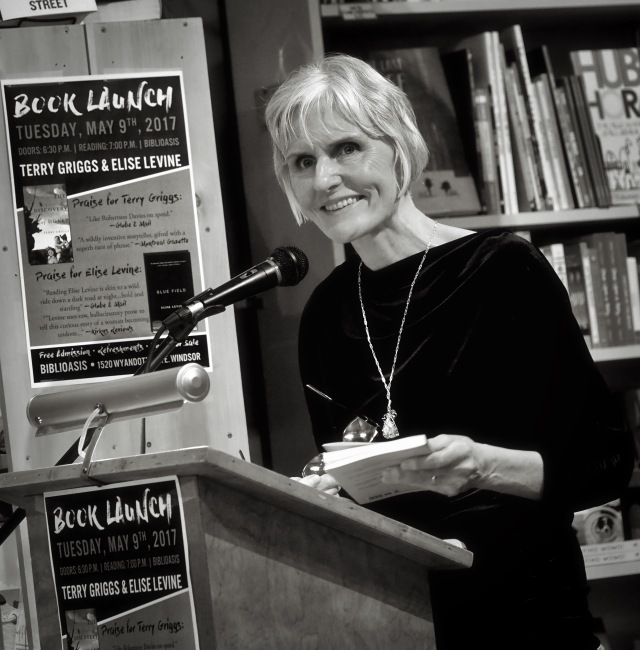 Terry Griggs
Terry Griggs
The readings here are informal, intimate, inviting. The store is a good venue for it, and Bob Stewart, the store’s manager, does a terrific job of organizing the readings. Dan Wells the night I was there was the host of the readings, and spoke about his association with these two writers whose works had always fascinated him. It was Dan’s interest in their writing that led to him inviting both Levine and Griggs to join the Biblioasis stable.
 Bob Stewart at Biblioasis
Bob Stewart at Biblioasis
And last week, Literary Arts Windsor held a meeting at Mackenzie Hall in Sandwich and invited poet and University of Windsor English professor Susan Holbrook to read. She was also interviewed briefly by writer and editor Daniel Lockhart. A comment that she made that surprised me was to a question about her beginnings as a writer.
 Susan Holbrook
Susan Holbrook
 Susan Holbrook being interviewed by writer Daniel Lockhart
Susan Holbrook being interviewed by writer Daniel Lockhart
She told the audience that years ago as a young aspiring writer in Guelph, Ontario she stumbled across a book by John B. Lee called The Bad Philosophy of Good Cows. The Trillium-nominated Holbrook said this book of poetry —published incidentally in 1989 by Black Moss Press—changed everything about the way she wrote.


 BIBLIOASIS brought to Windsor three poets Thursday night to launch three new books. The writers were Toronto’s Molly Peacock for The Analyst, Victoria poet Patricia Young for her new collection The Apocalypse, and Noah Wareness of Toronto for Real Is The Word They Use To Contain Us. I was anxious to hear each of them and picked up my camera and headed out to Biblioasis on Wyandotte Street.
BIBLIOASIS brought to Windsor three poets Thursday night to launch three new books. The writers were Toronto’s Molly Peacock for The Analyst, Victoria poet Patricia Young for her new collection The Apocalypse, and Noah Wareness of Toronto for Real Is The Word They Use To Contain Us. I was anxious to hear each of them and picked up my camera and headed out to Biblioasis on Wyandotte Street.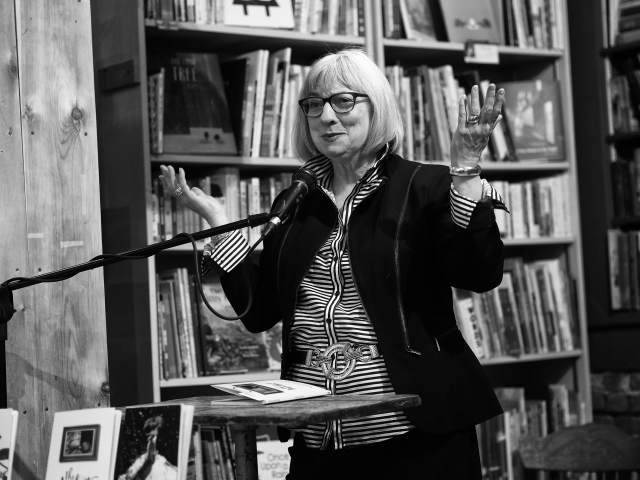
 Governor General’s Award Winning nominee Patricia Young set out to convey to her audience that the basis of her book was a response to Elmore Leonard’s Ten Rules of Writing but the work ranges all over the map of emotions and themes and at times deals with the largest of subjects. There is no question of that she is, as some critics have said, “a masterful technician.” Prairie Fire said, “She masons each brick into place just so. …She thrives on ambiguity and twists while fostering a rapt interest in them in the reader.”
Governor General’s Award Winning nominee Patricia Young set out to convey to her audience that the basis of her book was a response to Elmore Leonard’s Ten Rules of Writing but the work ranges all over the map of emotions and themes and at times deals with the largest of subjects. There is no question of that she is, as some critics have said, “a masterful technician.” Prairie Fire said, “She masons each brick into place just so. …She thrives on ambiguity and twists while fostering a rapt interest in them in the reader.”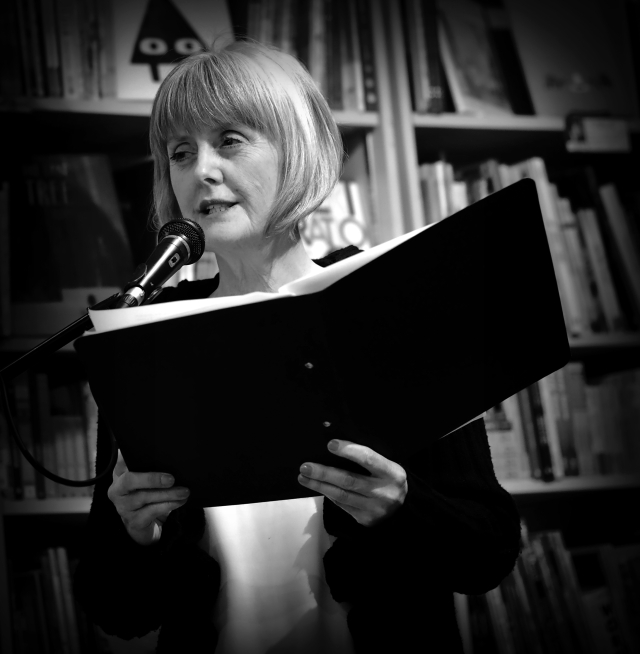
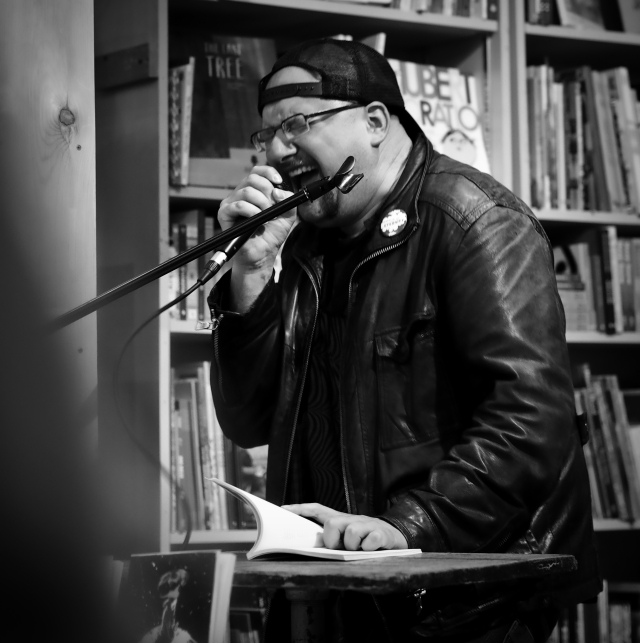
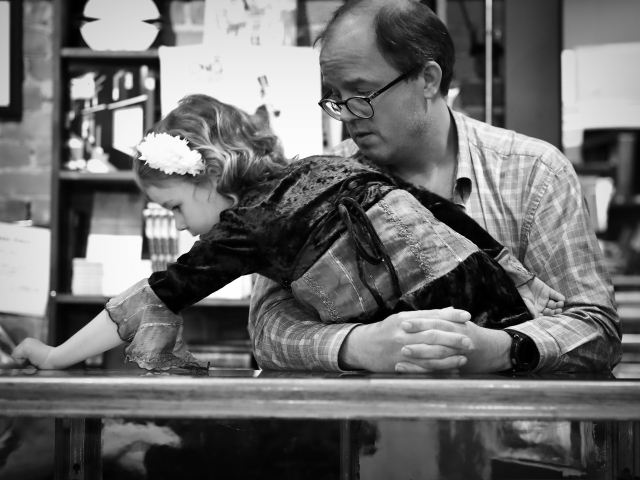
 I’m sitting here at Tim Hortons — a place that I describe as my second office — and it’s a little later than usual — it’s after 6 a.m. The events of last night are still bouncing around in my blood, and my brain is a running slide show that includes the pop/soul singer songwriter Crissy Cochrane. I also see the poets — Bruce Meyer and Barry Brodie — furiously autographing their books, and there is a throng of students at what certainly has to be the largest literary reading in SW Ontario. These students are mingling about with big smiles on their faces. The night is over. They know they’ve done a great job of organizing it, and making this all happen.
I’m sitting here at Tim Hortons — a place that I describe as my second office — and it’s a little later than usual — it’s after 6 a.m. The events of last night are still bouncing around in my blood, and my brain is a running slide show that includes the pop/soul singer songwriter Crissy Cochrane. I also see the poets — Bruce Meyer and Barry Brodie — furiously autographing their books, and there is a throng of students at what certainly has to be the largest literary reading in SW Ontario. These students are mingling about with big smiles on their faces. The night is over. They know they’ve done a great job of organizing it, and making this all happen.

 One fan bought 14 copies of 1967: Centennial Year, and Bruce painstakingly signed each and every one with a personal note. The authors were in their element: head down and scribbling their salutations in book after book after book. How glorious a feeling is that!
One fan bought 14 copies of 1967: Centennial Year, and Bruce painstakingly signed each and every one with a personal note. The authors were in their element: head down and scribbling their salutations in book after book after book. How glorious a feeling is that! The Vancouver-born poet and novelist Stan Rogal was the featured reader for the launch tonight of the2017 Spring issue of Windsor Salt, a publication from the University of Windsor’s Creative Writing department. The work in this magazine also included the work of a group of graduate students, taught by Dr. Karl Jirgens, former editor of Rampike, one of the longest-serving literary periodicals in Canadian literary history.
The Vancouver-born poet and novelist Stan Rogal was the featured reader for the launch tonight of the2017 Spring issue of Windsor Salt, a publication from the University of Windsor’s Creative Writing department. The work in this magazine also included the work of a group of graduate students, taught by Dr. Karl Jirgens, former editor of Rampike, one of the longest-serving literary periodicals in Canadian literary history.







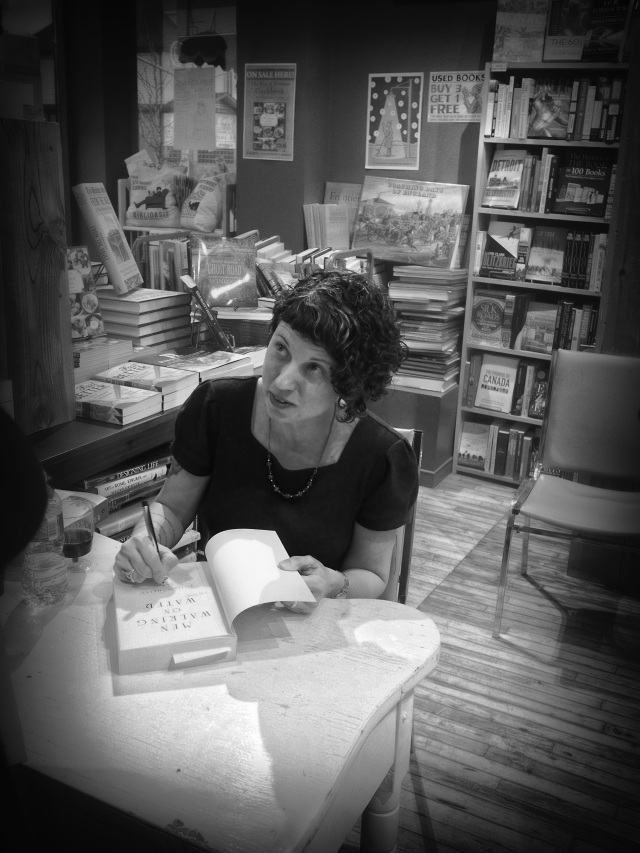



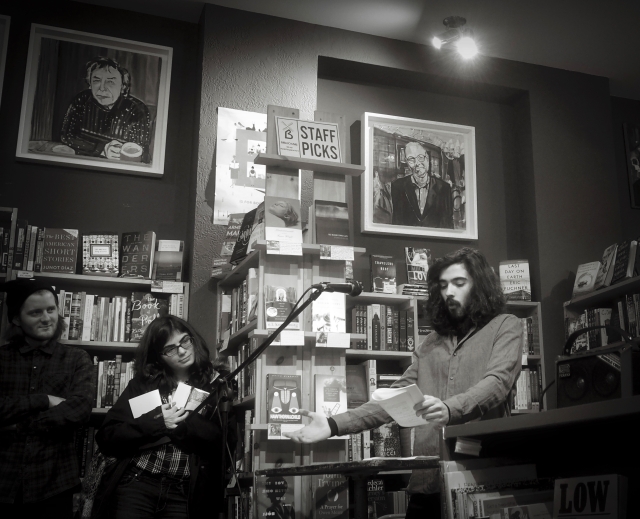 The renowned award-winning poet Susan Holbrook led her merry band of poets to Biblioasis Books Thursday night (March 16) to read from their newly-minted book Radish, the result of work in the University of Windsor’s English Department creative writing course #498. This impressive chapbook, released by Biblioasis as No.5 in its South Detroit Chapbook Series, employs a novel approach with each student contributing a poem. In each case, however, the poem underwent an “erasure” procedure, whereby another student would remove words from the original in an effort to create yet another poem. The result, says Holbrook in her introduction, was a collaboration of sorts: “Some of these crystallize the original; some answer, playfully undermine, or hold hands with it…These works reveal the voices within our voices.” Fascinating. I was particularly impressed with Abigail Roelens’ piece They Worked Ninety Years Side by Side and Never Spoke A Word:
The renowned award-winning poet Susan Holbrook led her merry band of poets to Biblioasis Books Thursday night (March 16) to read from their newly-minted book Radish, the result of work in the University of Windsor’s English Department creative writing course #498. This impressive chapbook, released by Biblioasis as No.5 in its South Detroit Chapbook Series, employs a novel approach with each student contributing a poem. In each case, however, the poem underwent an “erasure” procedure, whereby another student would remove words from the original in an effort to create yet another poem. The result, says Holbrook in her introduction, was a collaboration of sorts: “Some of these crystallize the original; some answer, playfully undermine, or hold hands with it…These works reveal the voices within our voices.” Fascinating. I was particularly impressed with Abigail Roelens’ piece They Worked Ninety Years Side by Side and Never Spoke A Word:



















